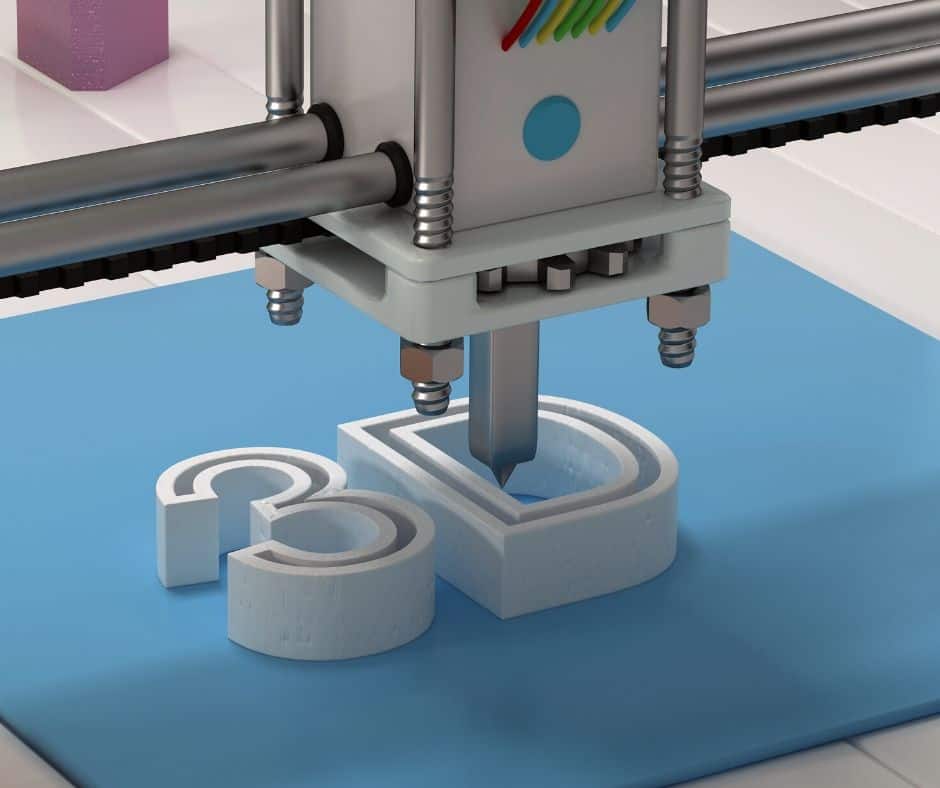3D printing is one of the most innovative and continually growing industries in the country – and in the world – today and is giving the traditional, old-fashioned production lines a run for their money. Inevitably, it seems, it will probably win out too. While labour is limited (as us humans are still built from the same old technology), human-developed technology, however, seems almost limitless. The limitations of 3D printing have yet to be seen and the industry sees weekly growth in technical specifications and capabilities. Now is the time to get involved – especially if you’re a business owner. But how does it work? And what will it mean for your business?

How Does Custom 3D Printing Work?
It’s best to start from the start. Custom 3D printing starts when you design how you want an object to look – as you would with a pencil and a bit of paper in front of you in the traditional sense. Except, in this example, a computer is the paper and Computer-Aided Design (CAD) is the pencil. This can be done by either designing something from scratch within a CAD for 3D printing program or scanning something into the computer that you want to be replicated. Just as there is the capability for 3D printing, there is also the capability of 3D scanning too i.e. scanning an actual three-dimensional object into CAD software like you would if you were scanning a bit of paper. From there, the model for the item is tweaked until it is ready to be printed. Now, not all printers use the same technology – however, there is a general rule of thumb. Materials, which are dependent on the type of printer and the technique being used, are ‘printed’ within the printer. Try not to think of a traditional printer – it’s not sheets of paper – but rather a small box where the material is being merged together using laser precision. Each 2D layer is created – layer after layer – until you are left with an actual, physical 3D object that you can hold in your hands. Pretty neat! Most businesses choose to outsource 3D printing. While you should have a multifunction printer at your business, a 3D printer is another matter entirely and some cost analysis is essential.
So What Is The Future For 3D Printing?
The future for 3D printing will – most likely – be huge. Many predict these printers will start appearing in homes. Indeed, there are some lower-quality printers on the market already for the price of a television, laptop or desktop PC. One such area of development could be in relation to spare parts. No store has the ability to have every spare product part in stock for all the items they sell. However, if they have a 3D printer, they’ll be able to run off a spare using just the specifications provided by the manufacturer. This means no more waiting around for weeks for a spare part – you could have it in days with cheap 3D printing. Even NASA, after testing, has greenlit a project to use a high-resolution 3D printer to produce spare parts for spacecraft during deep space missions. There are even suggestions that printers could help make buildings – which would revolutionise the construction industry. There is even the possibility of human organs to be reproduced – this is known as ‘bioprinting’. Yes, we are living in the future now – just not the future that ‘Lost in Space’ predicted!
- This post has been written by an outside source – See Disclosure Policy



